Overview The EDR G9004 Series consists of advanced industrial routers designed for secure multi-port networking. These devices integrate firewall, NAT, and VPN capabilities, making them ideal for safeguarding Ethernet-based systems used in remote monitoring and control applications. They help form a digital barrier that defends essential digital infrastructure such as substations in the power sector, […]
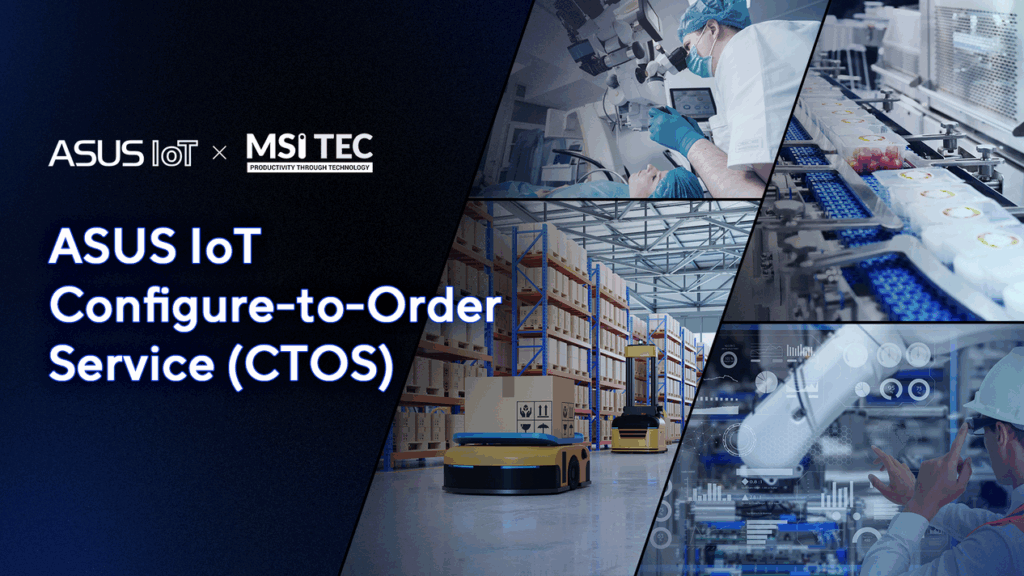
2024/11/19 TAIPEI, Taiwan, November 19, 2024—ASUS IoT, a global AIoT solutions provider, today announced a strategic partnership with MSI TEC, a leading engineered solutions provider based in the US. The partnership aims to offer Configure-to-Order Service (CTOS), empowering businesses through system modularization and reliable local support. With a focus on customization and flexibility, reduced time […]
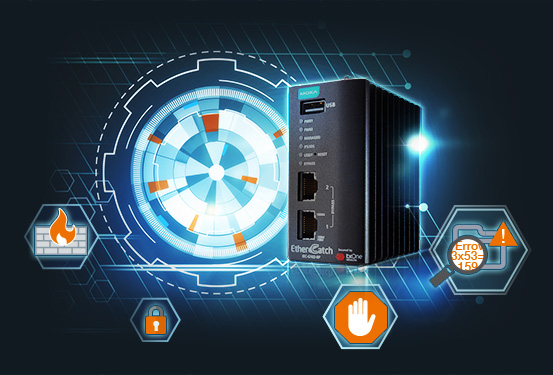
Integrating IT and OT systems has become a crucial approach for industrial operators aiming to improve operational performance and maintain a competitive edge. However, this convergence also brings heightened cybersecurity challenges, particularly due to the increased use of connected field devices.

We’re thrilled to announce that MSI TEC has been awarded the prestigious 2023 Platinum Award for Global Sales Growth at Moxa’s Global Distribution Summit in Taiwan. MSI TEC received the award for achieving the highest percentage growth of any Moxa distributor on the planet with over $5M in sales, which is by far one of […]
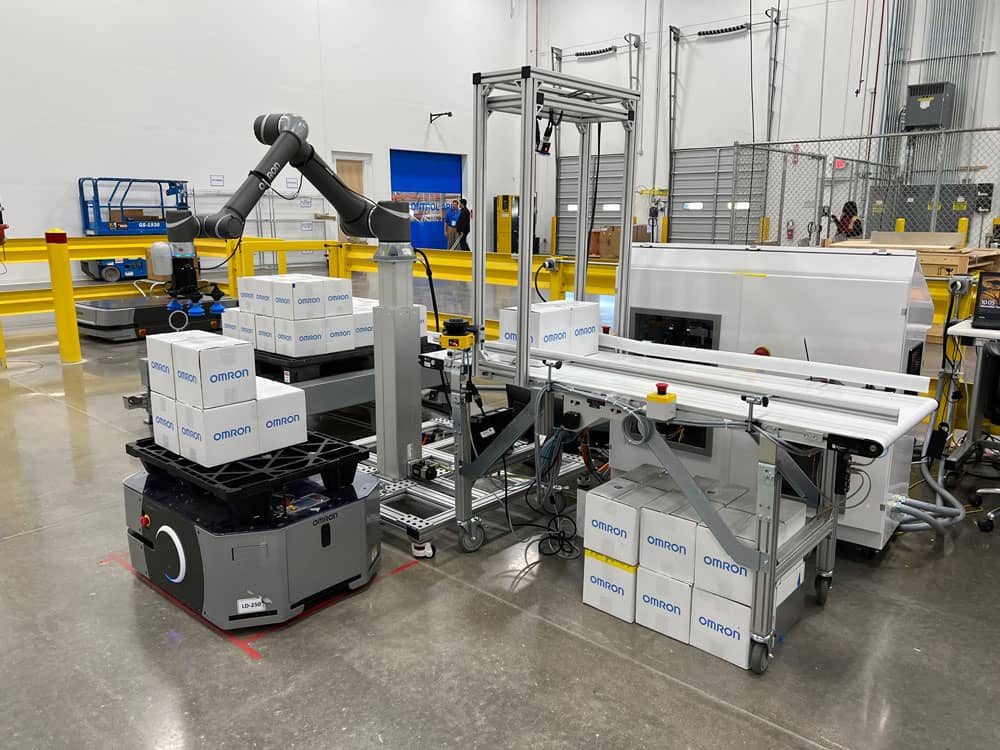
The pressure facing manufacturers today make running a profitable production line more challenging than ever. The demand to increase the speed and frequency of new product introduction is ever present. With labor shortages hindering production and customer demand for product availability, it’s difficult to remain competitive. Automation is the key to increasing profitability and productivity, […]
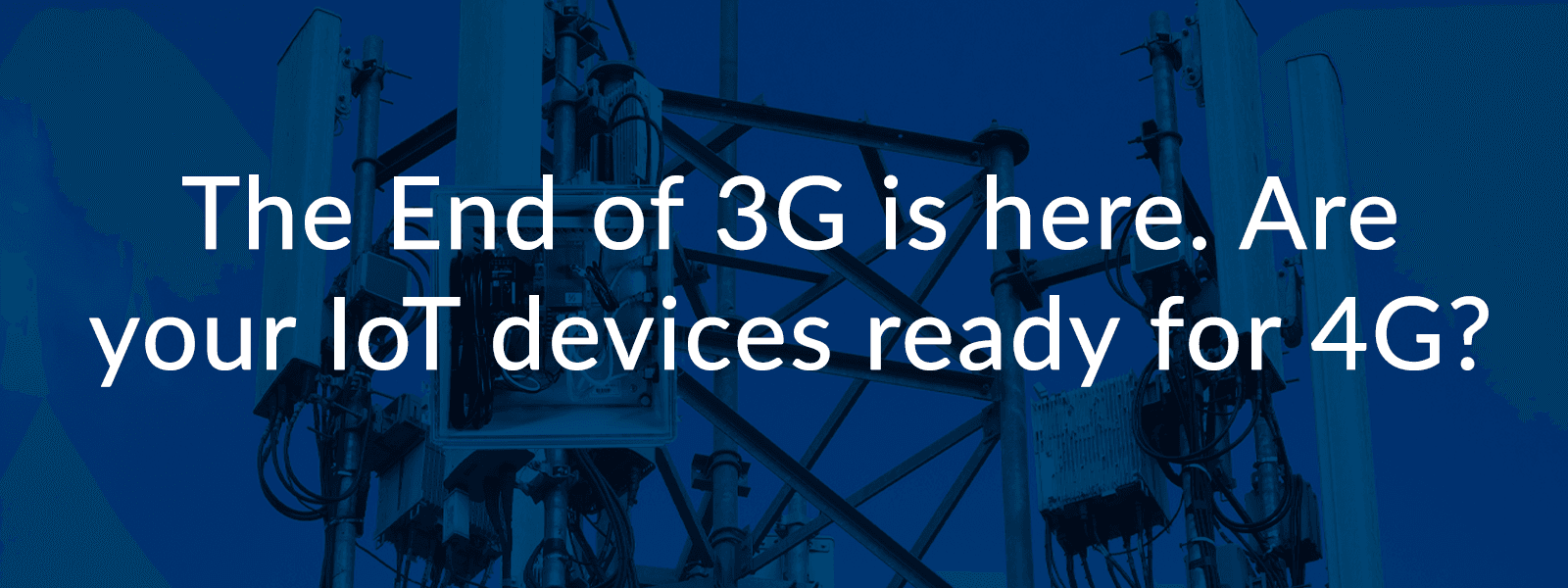
The End Of 3G Is Here. Are you ready for 4G? Verizon’s 3G network ends Dec. 31st with more deadlines following. We can help make sure it’s a smooth transition. Verizon 3G networks end on Dec. 31st. Verizon is sunsetting their 3G network this December. AT&T, T-Mobile, and Sprint will retire their 3G networks over […]
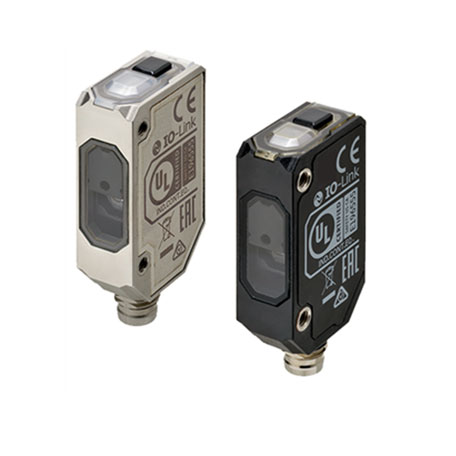
Cut machine costs and boost customer satisfaction with the right sensors! Discover ways to design cost-effective and competitive machines. Sensors play a significant role in every aspect of machine functionality and avoiding costly downtime. They cut machine building costs, improve flexibility and boost customer satisfaction. There are important considerations when deciding on the right sensor. […]






